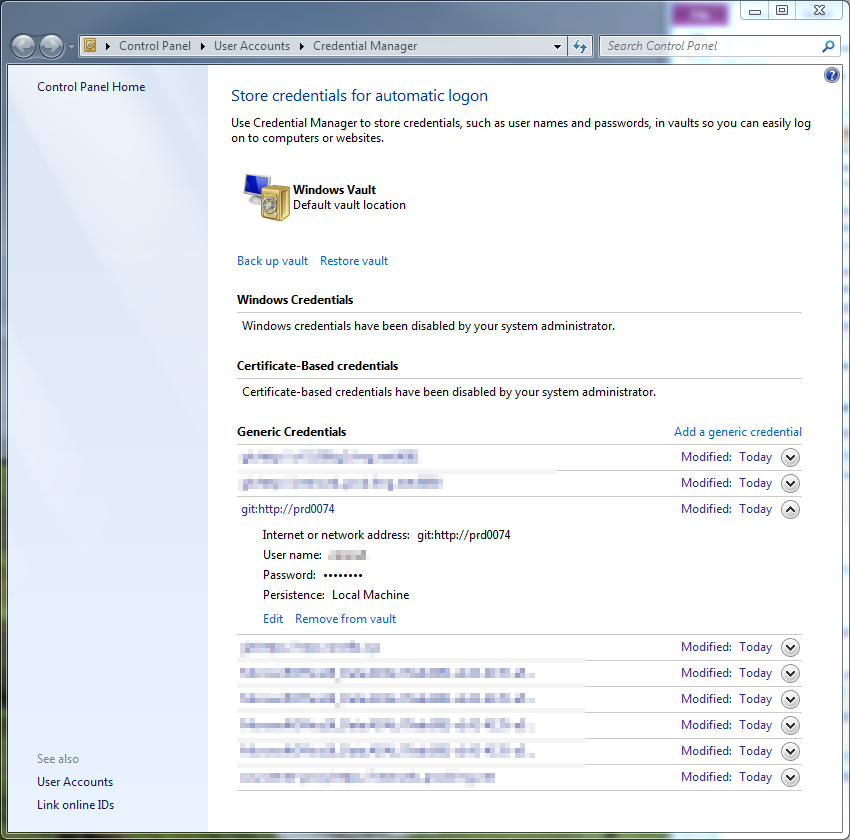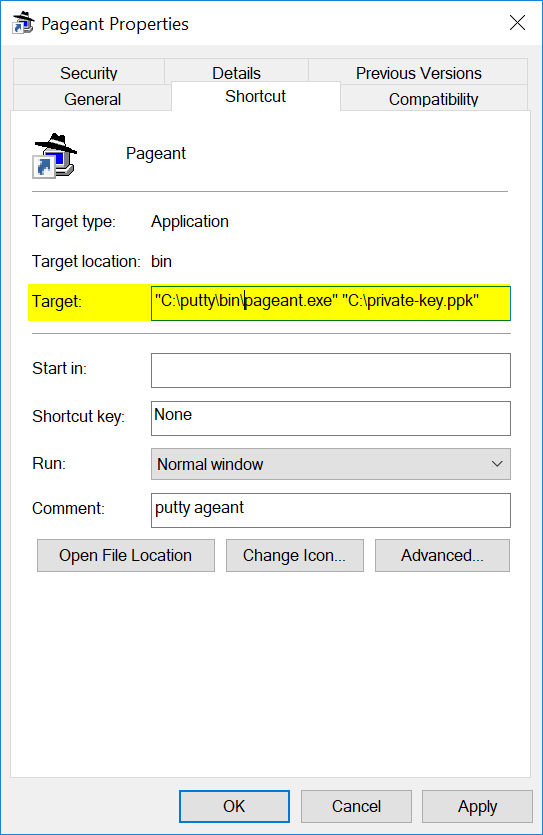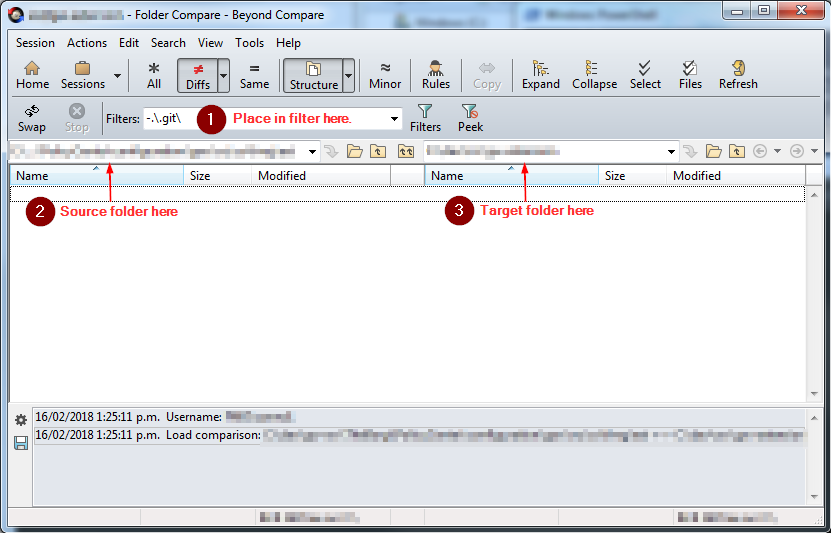Source: https://github.com/flofreud/posh-gvm
Introduction
A tool for managing parallel Versions of multiple Software Development Kits on a windows based system.
Powershell Behind Proxy
Setting default Powershell TLS Protocol
Installation via Short Script
Invoke-WebRequest -Uri 'https://raw.githubusercontent.com/flofreud/posh-gvm/master/GetPoshGvm.ps1' | iex
Usage
Displaying the tool capability using the following:
gvm [help]
Useful Commands
| Command | Description |
| list | Lists the available, installed and default versions of the candidate. |
| install | Downloads and installs a particular candidate version (i.e. will default to latest if version is not specified) |
| use | Uses a particular candidate version that is not the default. |
| default | Sets a default version to use of a particular candidate. |
| current | Displays the current active candidates version. |
| uninstall | Uninstalls a particular candidate version. |



Recent Comments